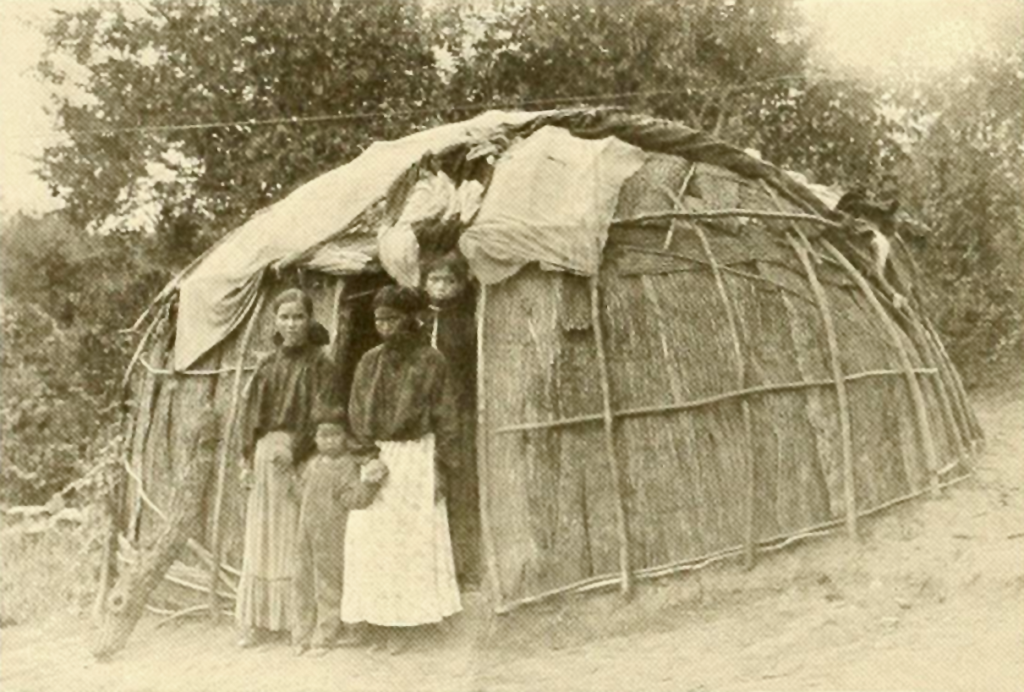Early Settlements
How long have people lived continuously in this area? As evidenced by the stone, copper, bone, and pottery collections of Steven Decatur Mitchell, Native Americans have been living near Powell Spring continuously since Paleo times. The Paleo-Indian Period refers to a time approximately 12,000 years ago at the end of the last ice age when humans first appeared in the archeological record in North America.
Because natural springs are an integral part of the Native American spiritual and creation belief systems, Powell Spring and the spring at Mitchell’s Glen were considered sacred, as well as reliable sources of fresh water. The streams that flowed contained fish, especially suckers, which formed a large part of the Native American diet around Green Lake. Streams and creeks also supplied water for the irrigation of corn and other plants they grew as they moved away from hunting and gathering to semi-permanent villages dependent on agriculture.
The waterways in the immediate area of Powell Spring provided transportation not only northeast to Green Bay but also west to the Wisconsin River portage with access to the upper and lower Mississippi and Missouri Rivers. These waterways provided a vast trade network used by Native Americans for millennia as well as providing a food source. On the nearby prairie, cranes, prairie chickens and deer were found in abundance.
The rich natural resources here made it possible for early people to survive. One of the finest “sugar bushes” in the state is here in the maple woods and provided maple syrup and sugar just as it does today. Medicinal plants for teas and poultices are also easily found providing a complete inventory of remedies to make a harsh life more tolerable. Clay for pottery was surface-mined right here in the area providing a way to store food. Leaf lined holes called caches were also used to store dried fish, corn, and acorns so the food could be retrieved later.
In the early 17th century Europeans arrived in the area. Jean Nicolet was an early French explorer who is widely considered the first European to set foot on what would become Wisconsin. He was sent here to live among the Native Americans, learn from them about this land and its people, and determine the best approach for fur trading. Ownership of this land went to the English in 1763 and then to the American government at the end of the Revolutionary war in 1783. Through a series of treaties in the 1830’s, the Native Americans sold this land and relinquished it to the U.S. government.
The land was surveyed around the same time and in 1834 the federal land office in Green Bay was created. As the surveying was completed, land patents were made available to the public for $1.25 an acre. Land speculators first purchased these land patents and early settlers followed suit shortly thereafter. Subsequent sales occurred rapidly in Green Lake County and by 1846 most government lands had been claimed.


